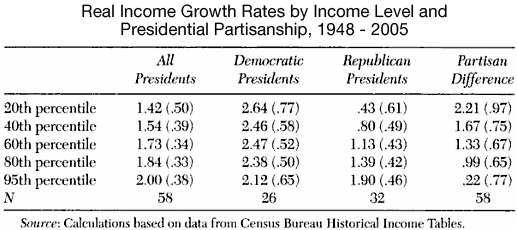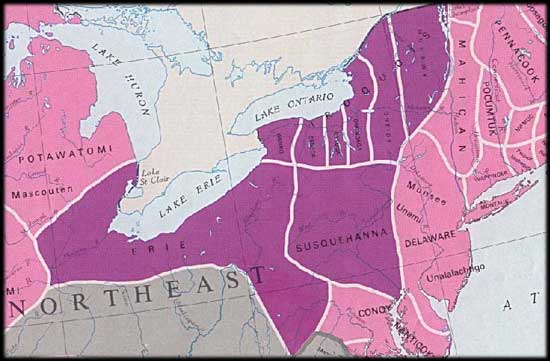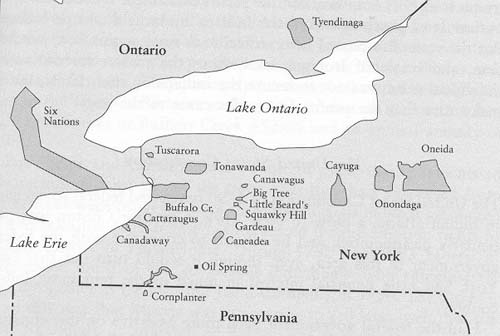I just finished reading The Crusades Through Arab Eyes by Amin Maalouf. The author is a Lebanese journalist (writing in French but well translated in this English edition) who quotes extensively from Arabs writing in the middle ages as he tells the story of the Crusades from their perspective.
by Amin Maalouf. The author is a Lebanese journalist (writing in French but well translated in this English edition) who quotes extensively from Arabs writing in the middle ages as he tells the story of the Crusades from their perspective.
The book starts at the end of the 11th century and ends two hundred years later. The world was a complicated place at the time. Islam had spread from Spain to India, from the steppes of Central Asia well into Africa. Christianity was shared by (or divided among) the Roman Catholics of Western Europe, the Byzantines, as well as by Armenians, Coptic Christians in Egypt and other sects. The book focuses on an area bounded by Byzantium in the north and Egypt in the South, the Mediterranean in the West and what is now Iraq in the east.
One strong impression I got out of the book was the importance of recognizing culture as a collection of memes. Of course, Mesopotamia, Egypt, Greece and Rome had developed early civilizations in the region, which must have left their traces. Arabs had dominated much of the region in earlier centuries but Turks were increasingly powerful during the time covered by the book, with powerful threats from Mongols late in the period. The Byzantine empire was in decline, but it left a powerful legacy of memes. There were ethnic groups such as the Kurds, Armenians and Syrians that played an important role in the story Maalouf tells. In an epilogue Maalouf mentions some of the many memes that Europe acquired from the region through the returning Crusaders and through contacts with Islam in places such as Spain and Sicily. Each local culture must have been aswarm with competing memes acquired from ancient history and what was at the time modern history, as well as trade, travelers and conquerors. This was indeed a crossroads!
The story of The Crusades Through Arab Eyes is one of very rapid cultural change, with political institutions that provided very little continuity of leadership. Note that the story might be different through Christian, Sunni or Shiite eyes, or through Turkish, Armenian or Kurdish eyes. While the ethnic Arabs would have presumably given great importance to the "Frankish" incursions in the eastern Mediterranean, I assume that Muslims in Persia, the steppes of Central Asia, East Africa, the Subcontinent, the Maghreb, sub-Saharan Africa or Spain might not have been aware of the Crusades.
is one of very rapid cultural change, with political institutions that provided very little continuity of leadership. Note that the story might be different through Christian, Sunni or Shiite eyes, or through Turkish, Armenian or Kurdish eyes. While the ethnic Arabs would have presumably given great importance to the "Frankish" incursions in the eastern Mediterranean, I assume that Muslims in Persia, the steppes of Central Asia, East Africa, the Subcontinent, the Maghreb, sub-Saharan Africa or Spain might not have been aware of the Crusades.
Another way of looking at the story is of the consolidation of a lot of city states into a larger state dominated by the Mamluks. Many of the cities have famous names (i.e. Antioch, Aleppo, Tyre, Jerusalem) and some have names in today's news (i.e. Damascus, Hama, Homs, Mosul). Alliances among these city states were constantly shifting, often more in response to the local military situation than to ethnicity or religion of those in control of the city. The history is full of Christians allying with Muslims against other Christians and Muslims, of Byzantines allying with Turks, Egyptians with Syrians, etc. The politics within the city states reminded me of Renaissance Italy, marked by assassination (a word derived from that place and time) and wars of succession, as well as by external conquest or the acceptance of foreign rulers as lesser evils. The peasants suffered under all, but perhaps less under Crusader rule than under the rule of even more barbaric tribes). It seems that war became more and more cruel over these centuries, with conquered cities in the latter period suffering the deaths of all the soldiers. slavery of women and children, looting, and destruction of that which could not be moved.
We are in the midst of Arab Spring, and the radical cultural change that resulted in a radical revision of political institutions in the Middle Ages seems to demand comparison. However, radical political upheaval also occurred in 1848 in Europe, in the 18th century in North America, and in Eastern Europe with the fall of Communism two decades ago and in other times and places. While some historical parallels may apply, others surely do not.
The book does help to see the way in which their understanding of the history of the Crusades influences the Islamic peoples and especially those of the region covered in the book. Not only are the Western nations described in terms of memories of the Frankish crusaders, but so are the Israelis. One might also recall that after two centuries of struggle, the Muslims defeated the Crusaders who left never to return; people in the Middle East may have a longer view than most Americans.
The Crusades Through Arab Eyes is a short, readable book. I found myself reading it like a novel. The profusion of names previously unknown to me made it difficult for me to recall the details, but there are good maps and a good chronology in the back of the book that help. I recommend it.
is a short, readable book. I found myself reading it like a novel. The profusion of names previously unknown to me made it difficult for me to recall the details, but there are good maps and a good chronology in the back of the book that help. I recommend it.
The book starts at the end of the 11th century and ends two hundred years later. The world was a complicated place at the time. Islam had spread from Spain to India, from the steppes of Central Asia well into Africa. Christianity was shared by (or divided among) the Roman Catholics of Western Europe, the Byzantines, as well as by Armenians, Coptic Christians in Egypt and other sects. The book focuses on an area bounded by Byzantium in the north and Egypt in the South, the Mediterranean in the West and what is now Iraq in the east.
One strong impression I got out of the book was the importance of recognizing culture as a collection of memes. Of course, Mesopotamia, Egypt, Greece and Rome had developed early civilizations in the region, which must have left their traces. Arabs had dominated much of the region in earlier centuries but Turks were increasingly powerful during the time covered by the book, with powerful threats from Mongols late in the period. The Byzantine empire was in decline, but it left a powerful legacy of memes. There were ethnic groups such as the Kurds, Armenians and Syrians that played an important role in the story Maalouf tells. In an epilogue Maalouf mentions some of the many memes that Europe acquired from the region through the returning Crusaders and through contacts with Islam in places such as Spain and Sicily. Each local culture must have been aswarm with competing memes acquired from ancient history and what was at the time modern history, as well as trade, travelers and conquerors. This was indeed a crossroads!
The story of The Crusades Through Arab Eyes
Another way of looking at the story is of the consolidation of a lot of city states into a larger state dominated by the Mamluks. Many of the cities have famous names (i.e. Antioch, Aleppo, Tyre, Jerusalem) and some have names in today's news (i.e. Damascus, Hama, Homs, Mosul). Alliances among these city states were constantly shifting, often more in response to the local military situation than to ethnicity or religion of those in control of the city. The history is full of Christians allying with Muslims against other Christians and Muslims, of Byzantines allying with Turks, Egyptians with Syrians, etc. The politics within the city states reminded me of Renaissance Italy, marked by assassination (a word derived from that place and time) and wars of succession, as well as by external conquest or the acceptance of foreign rulers as lesser evils. The peasants suffered under all, but perhaps less under Crusader rule than under the rule of even more barbaric tribes). It seems that war became more and more cruel over these centuries, with conquered cities in the latter period suffering the deaths of all the soldiers. slavery of women and children, looting, and destruction of that which could not be moved.
We are in the midst of Arab Spring, and the radical cultural change that resulted in a radical revision of political institutions in the Middle Ages seems to demand comparison. However, radical political upheaval also occurred in 1848 in Europe, in the 18th century in North America, and in Eastern Europe with the fall of Communism two decades ago and in other times and places. While some historical parallels may apply, others surely do not.
The book does help to see the way in which their understanding of the history of the Crusades influences the Islamic peoples and especially those of the region covered in the book. Not only are the Western nations described in terms of memories of the Frankish crusaders, but so are the Israelis. One might also recall that after two centuries of struggle, the Muslims defeated the Crusaders who left never to return; people in the Middle East may have a longer view than most Americans.
The Crusades Through Arab Eyes


























